Faculty agreement reached, compromise made
Susanna Boxall, a professor of philosophy, said she will still have to work multiple jobs even with the faculty agreement. Photo credit: Ryan Corrall
In the wake of the CSU faculty agreement, Chico State faculty take stock of concessions made and future gains to pursue.
A historic strike has been averted. Chico State professors are talking about the outcome of the negotiations with a mixture of satisfaction and a sober eye on the future.
“We have prevailed, but there is a lot to do,” said Susanna Boxall, professor of philosophy. She explained that she would like to avoid further tuition hikes, more transparency in the system and to set instruction as a budget priority. As for the salary increases, Boxall would rather refer to them as “restoration increases” than “raises.”

According to the California Faculty Association website, the tentative agreement reached during the 48-hour blackout was:
· A 5 percent general salary increase on June 30, 2016
· A 2 percent general salary increase on July 1, 2016
· A 3.5 percent general salary increase on July 1, 2017
· A 2.65 percent service salary increase (step increase) during fiscal year 2017 and 2018 for eligible faculty
While CSU faculty believe the agreement is progress, it has not completely put them on par with educators across the nation.
“Let us not forget that the fact finder’s report found that CSU faculty salaries lag 17 percent behind national averages,” said Michael Coyle, Chico State strike coordinator.
For a faculty member making $38,000 a year — 50 percent of faculty make less than that according to the “race to the bottom” report by the CFA — a 7 percent raise would mean an extra $2,660 per year.
Coyle said the salary increase will make his monthly budget less of a struggle, and that he may start to pay down accumulated debt.
“Personally I hope to actually create a savings account for a rainy day,” Coyle said.
While Boxall is excited for progress, she will still be working multiple jobs.
“Don’t get me wrong, the restoration increases are nice. But to me, it will net me after taxes somewhere between $130 and $200 per month, depending on my course load,” Boxall said. “That kind of money is not sufficient for a lifestyle change.”
Boxall also pointed out that the CFA and CSU negotiation was the result of bargaining. Therefore, it was a give-and-take process. Faculty received a 5 percent raise, but gave up 12 months of retroactive pay. This was a significant savings for the CSU, because that also excused them from a “me too” clause, which would have given a raise to partner unions.
Faculty also agreed to give up the current CalPERS vesting scheme, so that new employees hired after July 2017 will have to work full time for 10 years to get vested in the system, as opposed to five.
“Workers, regardless of the work they do, are stronger when they stand together,” Coyle said. “A labor union is a staple part of a healthy community, a fair society and an appropriately rewarded worker.”
Eric Couderc McGuire can be reached at [email protected] or @ericcoudercmcg on Twitter.








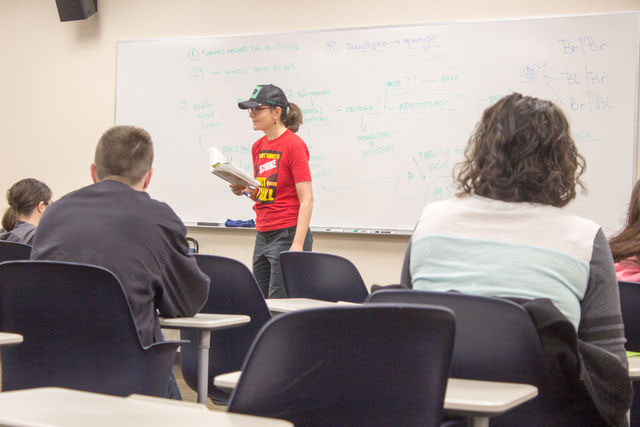
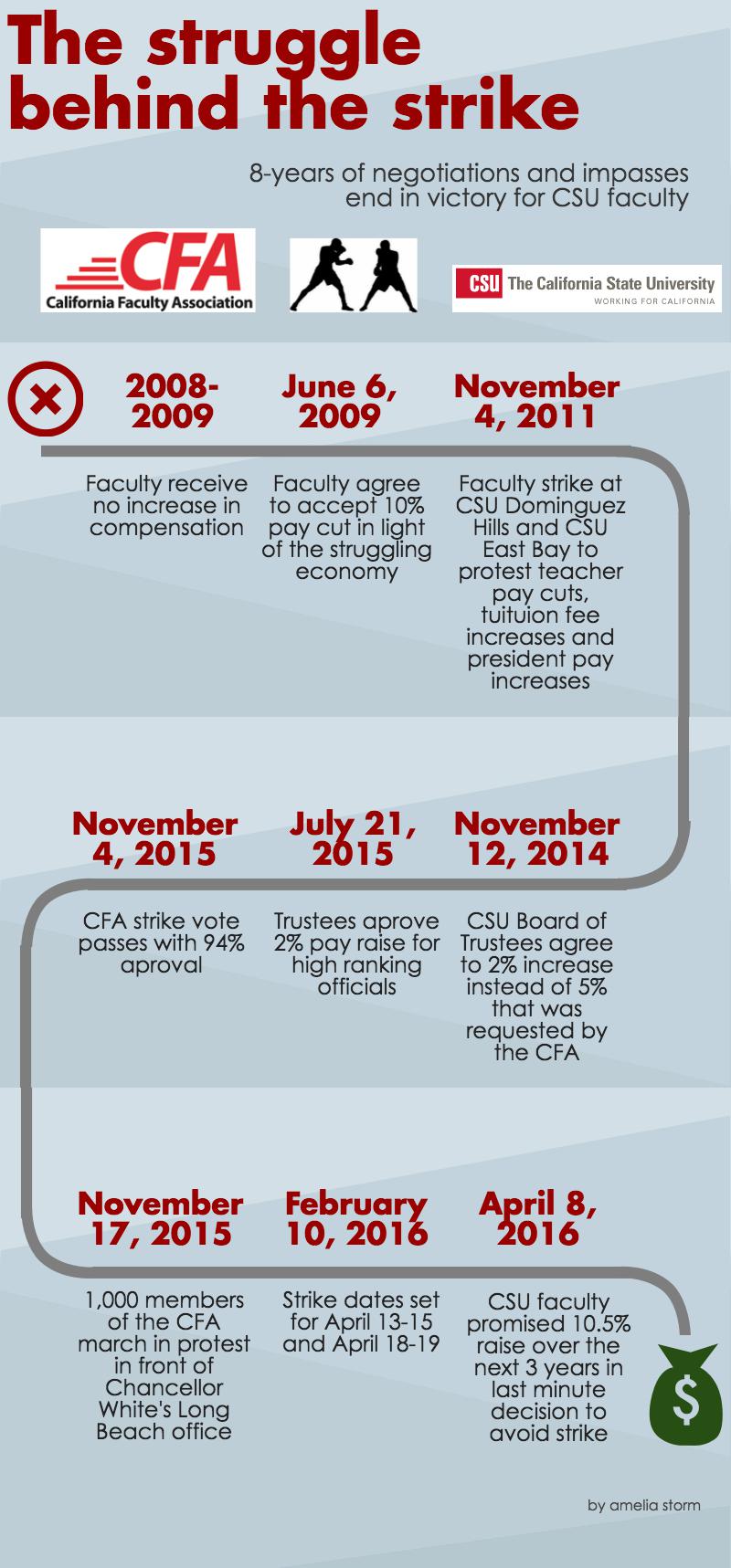
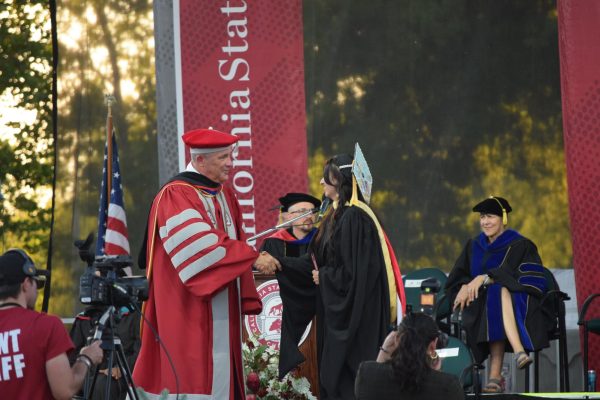
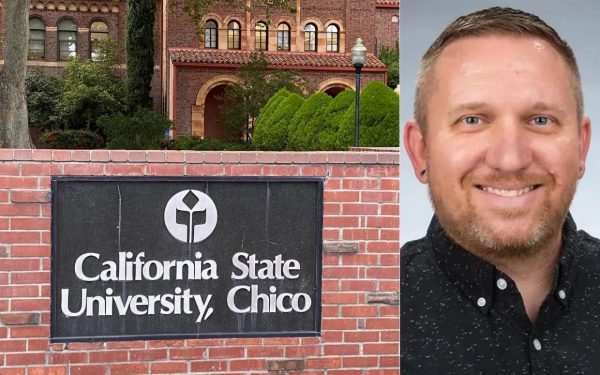
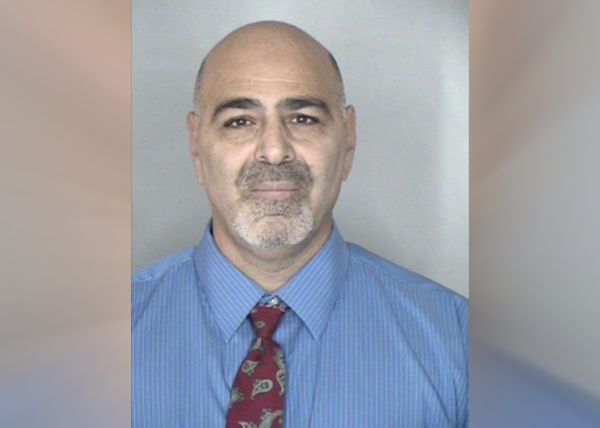
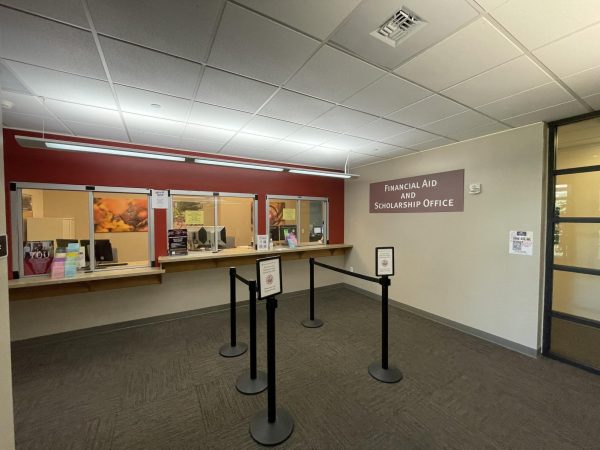

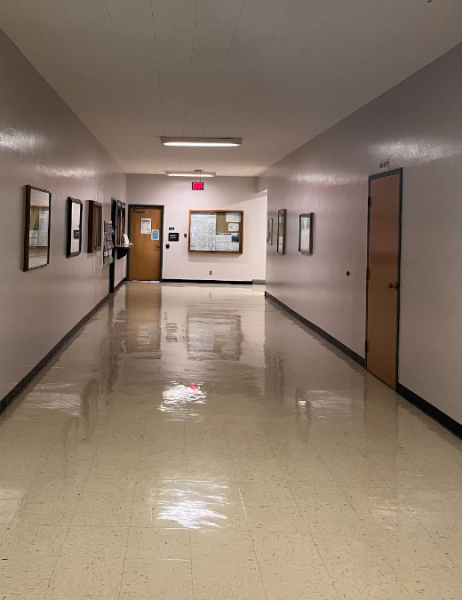
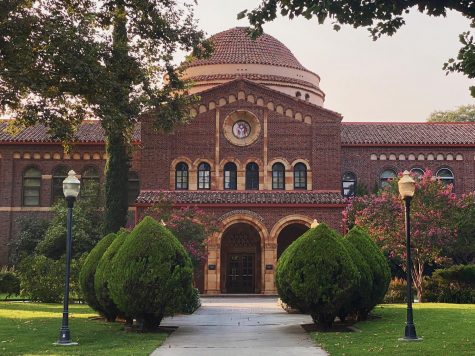
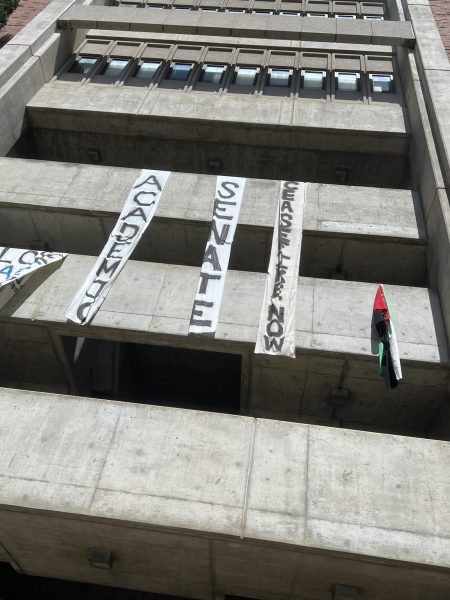
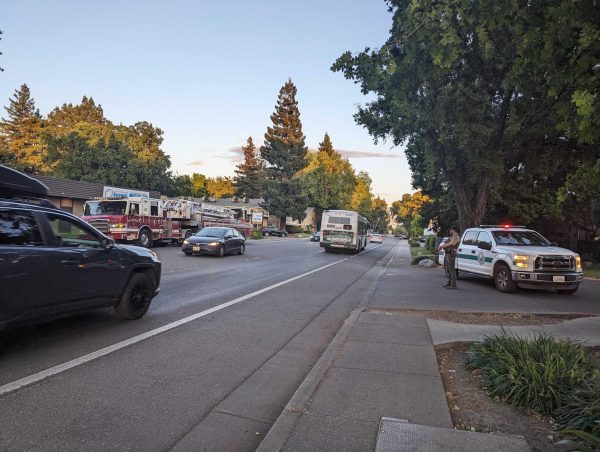
JC Johnson // Apr 11, 2016 at 2:23 pm
So, the staff union stood strong with their brothers and sisters from the CFA union and supported them to the end. But really, in the end it was the faculty union that threw their CSUEU staff union brothers and sisters under the bus by accepting a deal that negated the negotiated “me too” clause in the contract. What a bunch of shit. Good luck to the CFA in the future getting support from their fellow union brethren.
Ari Bean // Apr 11, 2016 at 1:31 pm
Expect a tuition increase to pay for it.
Fortunately, the increase will just hit the students left behind to complete their education here. Poor students are the least able to afford it.
It will not hit those students who had the luxury of favoring it — some of them to gain favor with their professors, some of whom are part-time and make over $55,000 here and another $55,000 working part-time elsewhere — and will not have to pay for it.